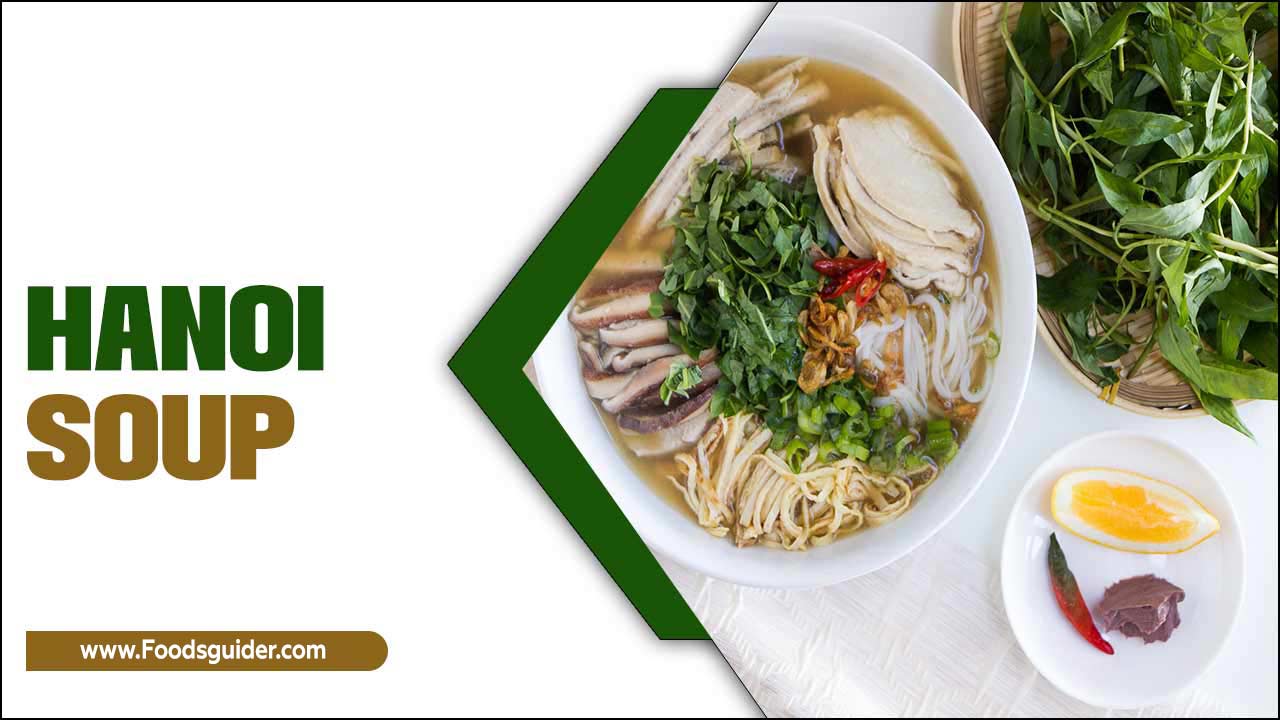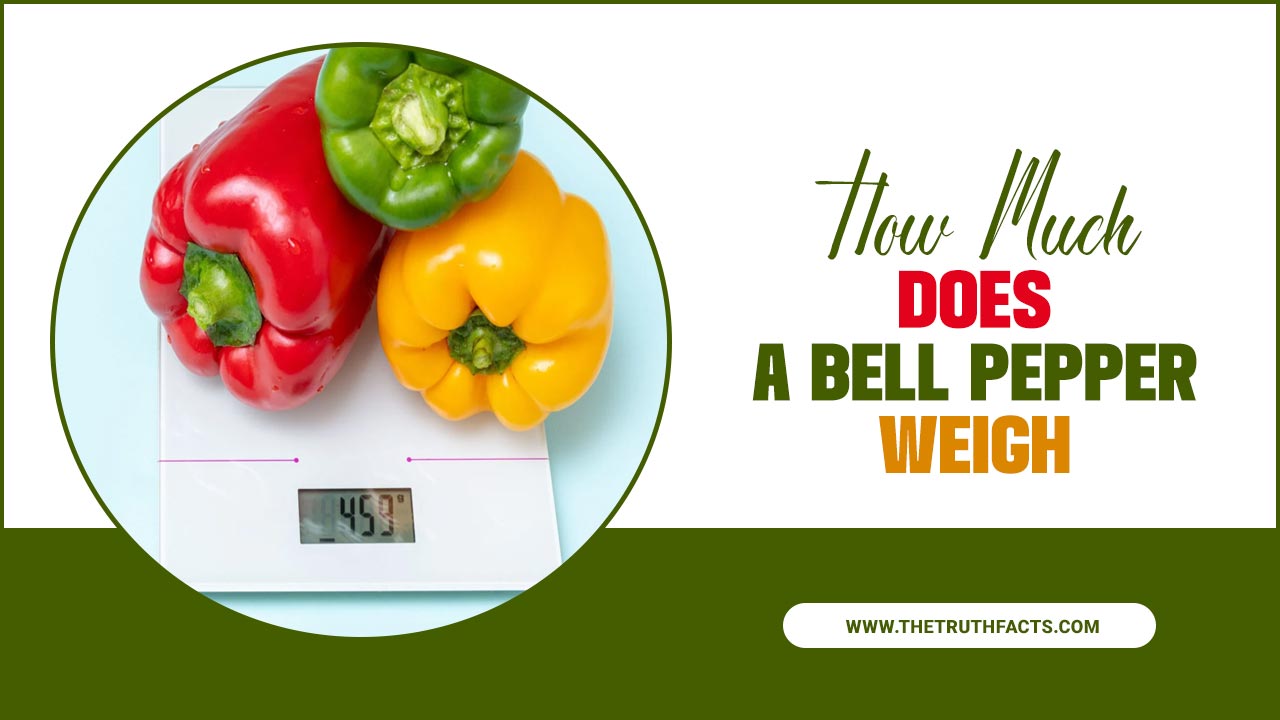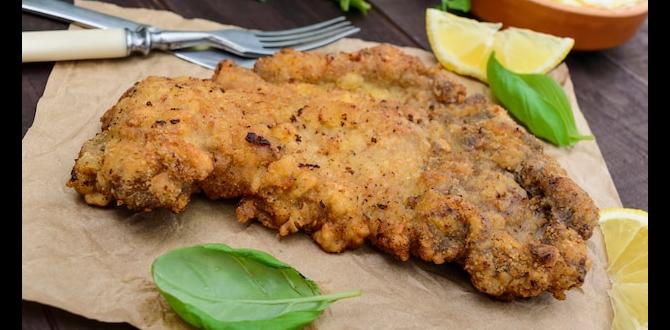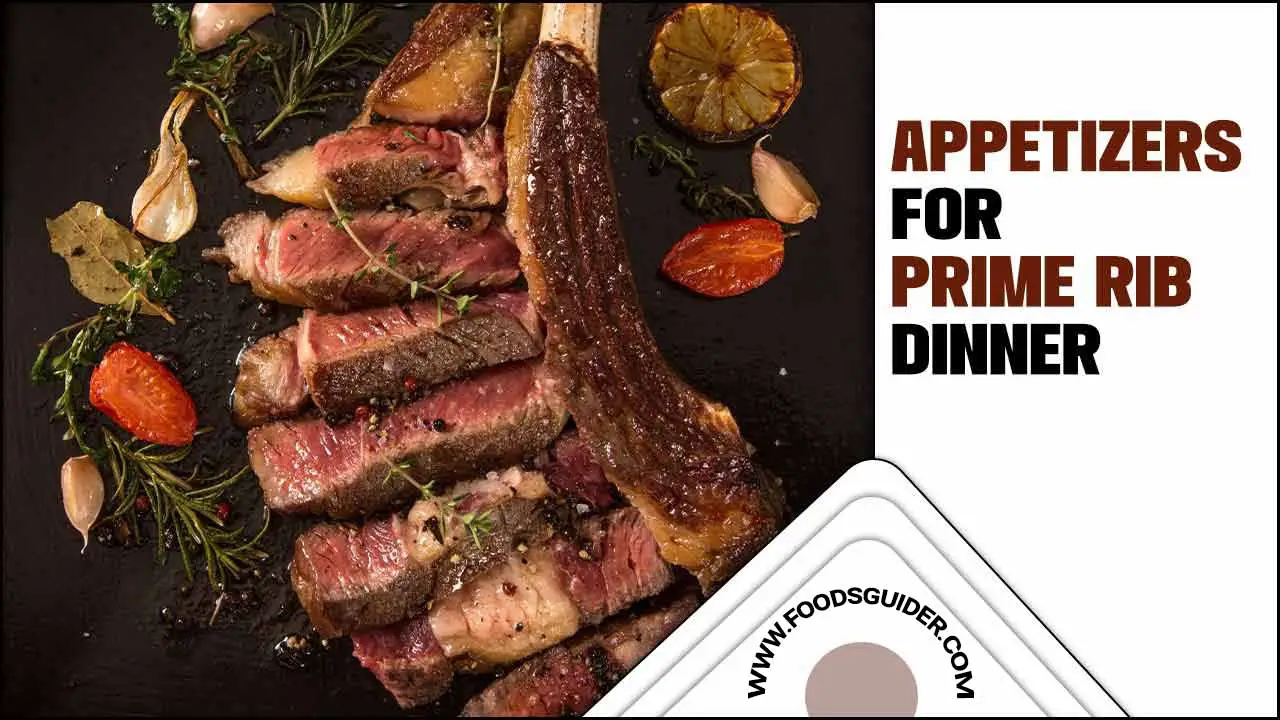Embark on an Australian Indigenous food tour to discover unique native ingredients, ancient culinary traditions, and vibrant cultural connections. This guide provides a beginner-friendly roadmap for an unforgettable gastronomic adventure, highlighting the best experiences across Australia.
Ever dreamed of tasting Australia’s true flavors? Beyond the familiar, a world of incredible Indigenous food awaits discovery. It’s a journey deeply connected to the land, culture, and history of Aboriginal and Torres Strait Islander peoples. Sometimes, finding the right Indigenous food tour can feel a bit tricky. You want an experience that’s respectful, authentic, and deliciously rewarding. Don’t worry! This guide is designed to make it super simple for you to plan an amazing culinary adventure. Let’s dive into the heart of Australia’s oldest food traditions!
Why Indigenous Food Tours Australia Are Essential for Food Lovers
Australia is an ancient continent, and its First Peoples have curated a sophisticated food culture for over 60,000 years. Indigenous food tours offer a rare chance to taste ingredients and dishes that are not only delicious but also deeply rooted in sustainability and ancestral knowledge. These tours go beyond mere tasting; they’re immersive experiences that connect you with the land, the people, and their stories. Understanding Indigenous food isn’t just about trying new flavors; it’s about respecting a profound connection to nature and celebrating a culinary heritage that predates many others on Earth.
When you join an Indigenous food tour in Australia, you’re stepping into a living museum of culinary history. You’ll learn about ingredients that have sustained communities for millennia, often harvested using traditional, low-impact methods. This is a chance to taste bush tomatoes, wattle seeds, lemon myrtle, quandongs, and kangaroo – ingredients that are becoming increasingly recognised for their unique flavours and nutritional benefits. More importantly, these tours are often led by Indigenous guides who share their deep knowledge of the land, its edible plants, and the cultural significance of food. This personal connection is what makes these experiences truly priceless and essential for anyone seeking an authentic taste of Australia.
Planning Your Indigenous Food Adventure: A Beginner’s Checklist
Getting ready for your Indigenous food tour in Australia is an exciting part of the journey! To make sure you have the best time, think about a few key things. This will help you choose the right tour and prepare for an unforgettable experience.
- Research Tour Operators: Look for companies with strong connections to local Indigenous communities and a commitment to cultural respect and authenticity. Check reviews and testimonials.
- Consider the Location: Australia is vast! Decide which region best suits your interests. Coastal areas might offer seafood experiences, while inland tours could focus on bush tucker herbs and game.
- Dietary Needs: If you have allergies or dietary restrictions, contact the tour operator well in advance to see if they can accommodate you.
- What to Pack: Depending on the tour, you might need comfortable walking shoes, sun protection (hat, sunscreen), insect repellent, a water bottle, and a camera.
- Open Mind and Respect: The most important things to bring are a willingness to learn and a respectful attitude towards the culture and traditions you’ll encounter.
Top Indigenous Food Experiences Across Australia
Australia’s diverse landscapes are home to a rich tapestry of Indigenous cultures, each with its own unique culinary traditions. From the tropical north to the rugged south, there are incredible food experiences waiting to be discovered. Here are some highlights to get you started, showcasing the breadth and depth of Indigenous Australian cuisine.
Northern Territory: The Outback’s Pantry
The Northern Territory is often considered the heartland of Australia’s Indigenous culture and ancient food practices. The vast, rugged landscapes teem with a surprising abundance of native ingredients that have been sustainably harvested for millennia. When you think of Indigenous food experiences in Australia, the NT often comes to mind first, and for good reason.
- Kakadu National Park: Home to the Bininj and Mungguy people, Kakadu offers opportunities to taste traditional bush tucker. Look for tours that explain the sustainable harvesting of crocodile, barramundi, and native fruits like the Kakadu plum, which is incredibly rich in Vitamin C. You’ll learn how these foods are prepared and their cultural significance. The park itself is a UNESCO World Heritage site, offering stunning scenery alongside culinary exploration.
- Alice Springs and Surrounds: Moving inland, tours around Alice Springs delve into the unique desert ingredients. You might encounter dishes featuring bush tomatoes, native seeds used for damper (a traditional bread), and various desert herbs. Some experiences include traditional cooking demonstrations and tastings, often led by local Anangu people who share their deep ancestral knowledge of the Arrernte Country.
A fantastic example of an immersive experience is visiting a cultural precinct or community where local guides share their connection to the land and its food. These tours often highlight the importance of seasonality and balance in traditional food gathering.
Western Australia: Coastal Flavours and Desert Delights
Western Australia boasts a spectacular coastline and vast desert interiors, each offering unique Indigenous food experiences. From seafood gathered sustainably to desert plants adapted to harsh conditions, the culinary landscape is as varied as the geography.
- Margaret River Region: While known for its wineries, this region also offers Indigenous experiences that highlight local bush foods. Some guided walks through the native vegetation explain the edible and medicinal properties of plants. You might find tasting plates featuring ingredients like quandongs and bush limes, often paired with local produce at restaurants that are keen to incorporate Indigenous flavours.
- The Kimberley: This remote and breathtaking region offers a chance to experience traditional coastal and riverine foodways. Look for tours that might include lessons on preparing freshly caught fish using traditional methods, or foraging for edible plants. The connection to country and the deep understanding of marine ecosystems are central to these experiences.
It’s common in WA to find tours where you can learn about the preparation of native ingredients, such as grinding seeds for flour or using native spices to flavour traditional meats.
South Australia: Ancient Grains and Native Fruits
South Australia, with its varied climate and deep Aboriginal history, presents a rich palette of Indigenous culinary traditions. From fertile agricultural lands to arid interior regions, the food experiences here are deeply connected to the land and its produce.
- Adelaide Hills and Kangaroo Island: While Kangaroo Island is famous for its wildlife, some local operators offer tours that touch upon the traditional uses of native plants. In the Adelaide Hills, you might find cultural experiences that include tasting native fruits and learning about their historical significance. Look for small-group tours that emphasize genuine cultural exchange.
- Flinders Ranges: This ancient mountain range is the ancestral home of the Adnyamathanha people. Tours here often focus on the “living desert,” showcasing how the Adnyamathanha people have thrived in this environment for thousands of years. You can learn about edible seeds, native greens, and traditional hunting and gathering practices, often including tastings of these unique flavours.
Some culinary businesses in South Australia are dedicated to showcasing Indigenous ingredients, offering workshops or tasting menus that provide an accessible entry point to this ancient cuisine.
Victoria: Bushfoods on the Fringe
Even in the more populated southern states like Victoria, there are vibrant connections to Indigenous food. While the landscape might look different from the top end, the knowledge of native ingredients and their uses remains strong.
- Melbourne and Surrounds: You can find Indigenous food experiences right on the doorstep of Melbourne. Look for guided bushwalks that identify edible native plants, or cultural centres offering workshops on bush tucker cooking. Some restaurants are also leading the way in incorporating Indigenous ingredients into modern Australian cuisine, offering tasting menus that tell a story of the land.
- Grampians National Park: This culturally significant area offers opportunities to learn about the traditional foods of the local Aboriginal people. Guided walks can highlight the uses of native plants for food and medicine, providing insights into a sustainable way of life.
Victoria has a growing number of Indigenous tourism operators who are passionate about sharing their culture and cuisine, making it easier for visitors to experience these unique flavours.
New South Wales: Coastal and Inland Traditions
New South Wales, home to Sydney and a diverse range of inland and coastal environments, offers a spectrum of Indigenous food experiences. From ancient coastal gathering practices to resourceful inland foraging, there’s much to explore.
- Sydney and Coastal Regions: Coastal tours might focus on traditional seafood gathering and preparation. You can learn about the relationship between local Aboriginal communities and the sea, as well as the edible plants found along the coast. Some Indigenous-led walking tours in the Sydney area can reveal the native flora used for centuries.
- Outback NSW: Areas like the Mungo National Park, with its ancient history, offer a chance to connect with the deep past of Indigenous food practices. Tours here often emphasize the resilience and ingenuity of people who lived off the land in challenging conditions, highlighting how native ingredients sustained them.
Many initiatives are working to revive and share traditional knowledge, meaning you can increasingly find immersive experiences that offer authentic insights into the foodways of New South Wales’ First Peoples.
Understanding Key Indigenous Australian Ingredients
The world of Indigenous Australian ingredients is vast and fascinating. These native plants and animals have been a staple food source for Aboriginal and Torres Strait Islander peoples for tens of thousands of years, forming the basis of a sustainable and incredibly nutritious diet. Exploring these ingredients is central to any Indigenous food tour.
These ingredients are not just food; they are deeply intertwined with culture, ceremony, and Country. Learning about them from Indigenous guides provides invaluable context. It’s a journey into a cuisine that is as old as it is innovative, offering Australian and global palates a taste of deep time.
Native Fruits
Australia is home to an incredible array of native fruits, each with its own unique texture, flavour, and nutritional profile.
- Quandong: Often called the “desert peach,” quandongs are small, bright red or orange fruits found in arid and semi-arid regions. They have a tart, slightly bitter flavour and are rich in Vitamin C. They can be eaten fresh, dried, or used in jams, pies, and sauces.
- Kakadu Plum (Gubinge): Native to the tropical north, this tiny green fruit holds the record for the world’s highest Vitamin C content, far exceeding oranges. It has a tart, slightly astringent flavour and is used in jams, sauces, and even skincare products due to its antioxidant properties.
- Finger Lime: Also known as “citrus caviar,” finger limes are small, cylindrical fruits filled with tiny, pearl-like vesicles that burst with a tangy lime flavour. They grow in rainforests and are prized for their unique texture and intense citrus notes, often used as a garnish for seafood and desserts.
- Davidson Plum: Found in the rainforests of Queensland and New South Wales, this dark purple plum has a sharp, zesty flavour. It’s packed with antioxidants and is commonly used in jams, tarts, and sauces, adding a unique tang to dishes.
Native Herbs and Spices
Indigenous Australian herbs and spices offer distinctive aromas and flavours that are finding their way into contemporary Australian cuisine.
Lemon Myrtle: This is one of the most popular and versatile native herbs. Known for its strong, sweet lemon-scented aroma and flavour, lemon myrtle is fantastic in both sweet and savoury dishes. It can be used to infuse liquids, flavour baked goods, or add a fresh zing to seafood and poultry. It’s also used for its calming properties.
Wattle Seed: Harvested from the seed pods of various acacia species, wattle seeds have a rich, nutty, coffee-like aroma and flavour. They were a vital staple food for Indigenous Australians, ground into flour to make damper or added to traditional dishes. Today, they are used in baking, ice cream, and even as a coffee substitute.
Bush Tomato (Desert Raisin): Several species of native tomatoes are found across Australia. They are often small and have an intense, sweet-tart flavour. When dried, they resemble raisins and can be added to baked goods, stews, or eaten as a snack. They’re a great source of antioxidants.
Native Proteins
Traditional diets relied on a variety of native animals, sustainably hunted and gathered.
Kangaroo: Kangaroo meat is lean, low in fat, and high in protein and iron. It has a mild, slightly gamey flavour. It’s increasingly popular in restaurants and home kitchens, often prepared as steaks, roasts, or in sausages. Its sustainability as a wild-harvested meat is also a key factor in its increasing use.
Emu: Similar to kangaroo, emu meat is lean and red. It has a flavour often compared to lean beef but is more tender. It’s roasted, grilled, or used in dishes like stews and burgers. Emu oil, derived from the bird’s fat, is also highly valued for its purported therapeutic properties.
Barramundi: This iconic Australian fish is found in freshwater and saltwater habitats across the north of the continent. Highly prized for its flaky white flesh and delicate flavour, barramundi is a staple in Indigenous diets and a popular choice in Australian restaurants. Traditional cooking methods often involve steaming in paperbark or grilling over coals.
Crocodile: Crocodile meat, primarily sourced from freshwater and saltwater species, is tender, white, and has a mild flavour often described as a cross between chicken and fish. It’s versatile and can be grilled, fried, or used in dishes like curries and stir-fries.
Table: Common Indigenous Ingredients and Their Uses
Here’s a handy table to help you identify some popular Indigenous ingredients and get inspired by their culinary applications. Many Indigenous food tours will introduce you to these firsthand!
| Ingredient | Description | Flavour Profile | Common Uses | Nutritional Highlights |
|---|---|---|---|---|
| Quandong | Small, red/orange desert fruit | Tart, slightly bitter, fruity | Jams, pies, sauces, dried snacks, chutneys | High Vitamin C, antioxidants |
| Kakadu Plum (Gubinge) | Tiny green tropical fruit | Very tart, slightly astringent | Jams, sauces, smoothies, liqueurs, skincare | World’s highest natural source of Vitamin C, antioxidants |
| Finger Lime | Small, cylindrical citrus fruit with ‘caviar’ pearls | Intense tangy lime flavour | Garnish for seafood/desserts, salad dressings, cocktails | Vitamins (especially C), antioxidants |
| Lemon Myrtle | Leaf from a native tree | Strong, fresh lemon scent and flavour | Infusions, baking, savoury dishes (poultry, fish), teas | Antioxidants, potential calming properties |
| Wattle Seed | Roasted seeds from acacia trees | Nutty, coffee-like, chocolatey undertones | Flour for damper, baking (breads, cakes), ice cream, rubs | Protein, fibre, minerals |
| Kangaroo | Lean red meat | Mild, slightly gamey | Steaks, roasts, sausages, mince, burgers | Very lean, high protein, iron, zinc |
| Barramundi | Iconic white-fleshed fish | Mild, buttery, moist | Pan-fried, grilled, baked, steamed, curried | Omega-3 fatty acids, protein |
Experiencing Indigenous Food Tours: What to Expect
Indigenous food tours are more than just a meal; they are educational, cultural, and deeply personal experiences. They offer a unique window into how food has sustained Aboriginal and Torres Strait Islander peoples for millennia, connecting deeply with the land and its seasons.
Cultural Immersion and Storytelling
The heart of any Indigenous food tour is cultural immersion. Your guides, often elders or community members, will share the stories behind the food – how it’s gathered, prepared, and its significance in their culture. You’ll learn about the spiritual connection to Country and the importance of sustainable practices. These tours are about connection, respect, and understanding a way of life that has thrived for over 60,000 years.
Hands-On Activities
Many tours involve hands-on activities that allow you to engage directly with the experience. This could include:
- Learning to identify native edible plants on a guided bushwalk.
- Participating in traditional cooking methods, like cooking damper over an open fire or preparing a bush tucker meal.
- Understanding how to source sustainable native ingredients.
- Tasting ingredients prepared in various traditional and contemporary ways.
Tasting the Flavours of Country
Naturally, the highlight is the tasting! You’ll have the opportunity to savour authentic Indigenous Australian flavours. This might involve:
- Tasting freshly gathered fruits, herbs, and seeds.
- Sampling traditional dishes that have been passed down through generations.
- Experiencing contemporary Australian cuisine that cleverly incorporates native ingredients.
- Enjoying bush tucker-infused beverages, like teas or even bush-spiced cocktails.
Choosing the Right Indigenous Food Tour







